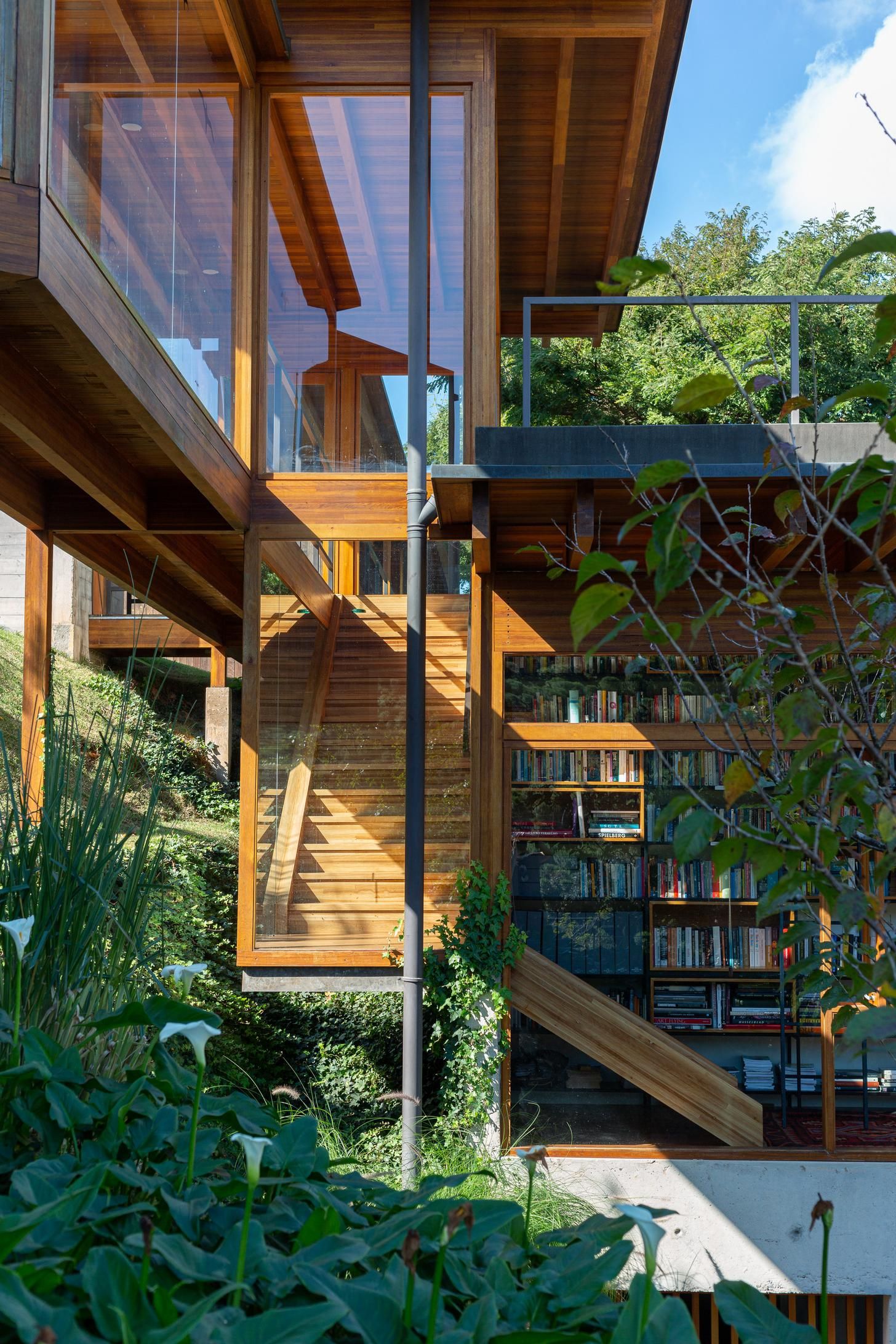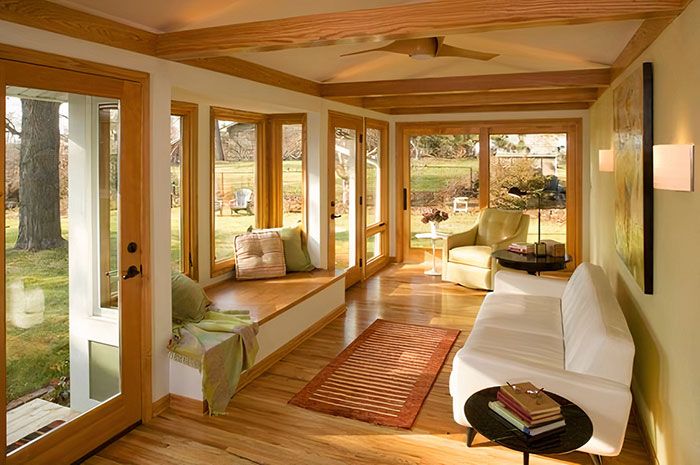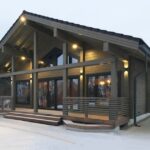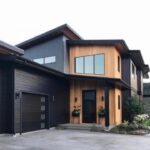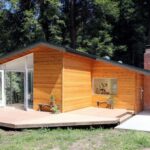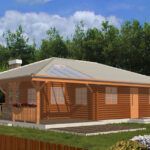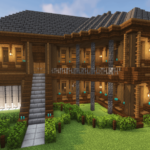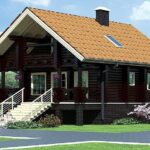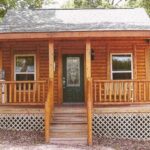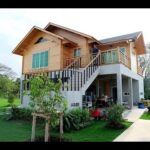Wooden houses have been a popular choice for homeowners for centuries due to their durability, sustainability, and natural beauty. The design of a wooden house can vary greatly, from traditional log cabins to modern, sleek timber structures. Regardless of the style, there are key elements that should be considered when designing a wooden house to ensure a functional and comfortable living space.
One important consideration in wooden house design is the choice of wood. Different types of wood have varying levels of durability, appearance, and cost. Cedar, pine, and oak are popular choices for wooden houses due to their strength and resistance to elements. It is essential to select high-quality wood that is properly treated to prevent rotting and termite damage.
The layout and floor plan of a wooden house are crucial in maximizing space and optimizing natural light. Open floor plans are common in wooden house design, allowing for a seamless flow between rooms and a spacious feel. Large windows and glass doors are often incorporated to bring in natural light and create a connection to the outdoors. Recessed lighting can be used to illuminate darker corners and create a warm, inviting atmosphere.
The exterior of a wooden house plays a significant role in its overall design aesthetic. The façade can be clad in a variety of materials, including shingles, clapboard, or stone, to create visual interest and texture. Incorporating a porch or deck with wood railing and posts can enhance the charm of a wooden house and provide a space for outdoor living and entertaining.
In terms of interior design, wooden houses offer a warm and cozy atmosphere that can be accented with natural materials and colors. Exposed wood beams, hardwood floors, and wooden cabinetry can add character and warmth to the interior space. Incorporating elements of nature, such as indoor plants, stone accents, and earthy tones, can further enhance the natural feel of a wooden house.
When designing a wooden house, attention should also be paid to energy efficiency and sustainability. Proper insulation, quality windows, and energy-efficient heating and cooling systems can help reduce energy consumption and lower utility costs. Choosing sustainable materials and incorporating green building practices can minimize the environmental impact of building and living in a wooden house. By incorporating these elements into the design process, homeowners can create a beautiful and environmentally friendly wooden house that will stand the test of time.
